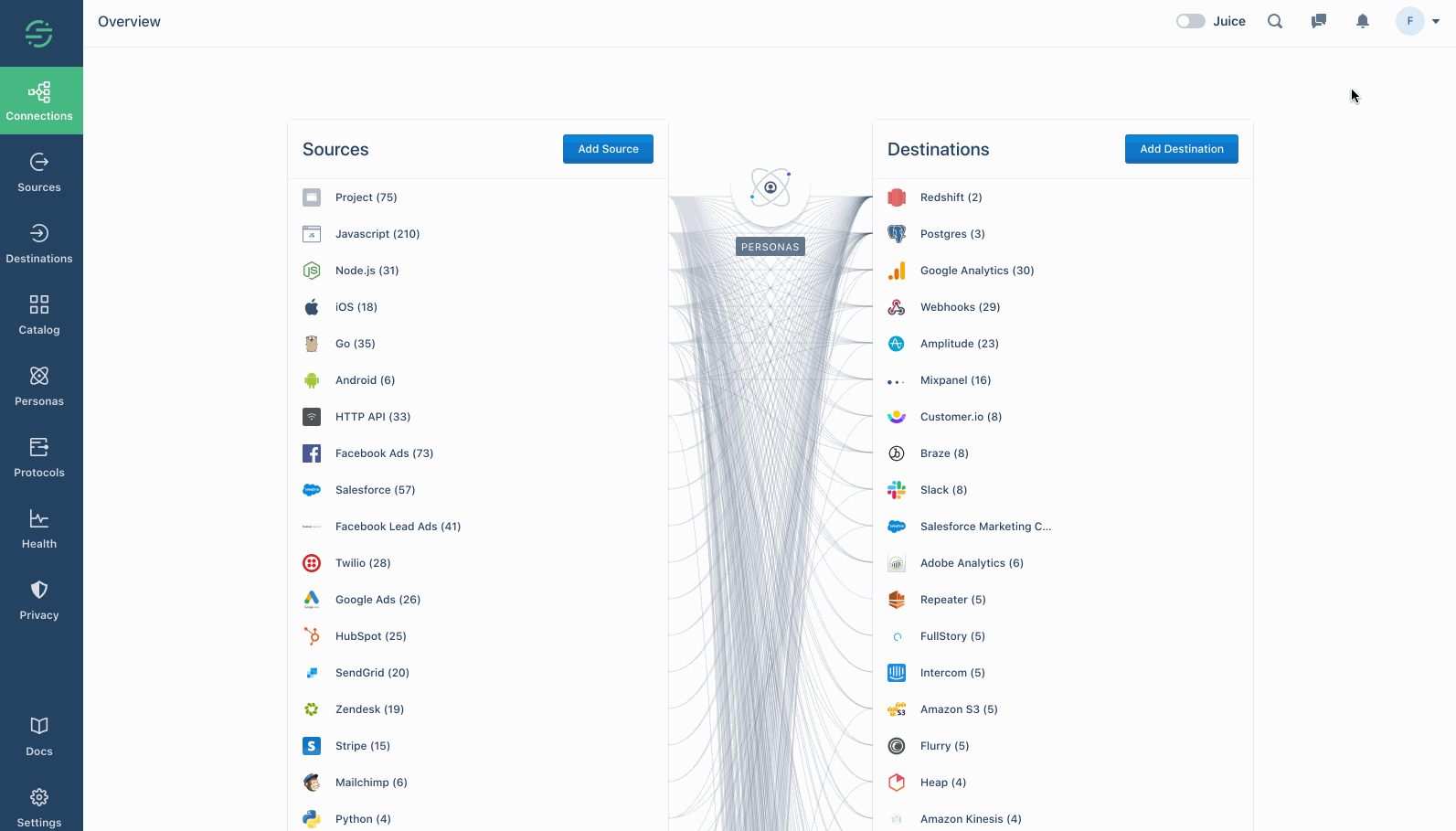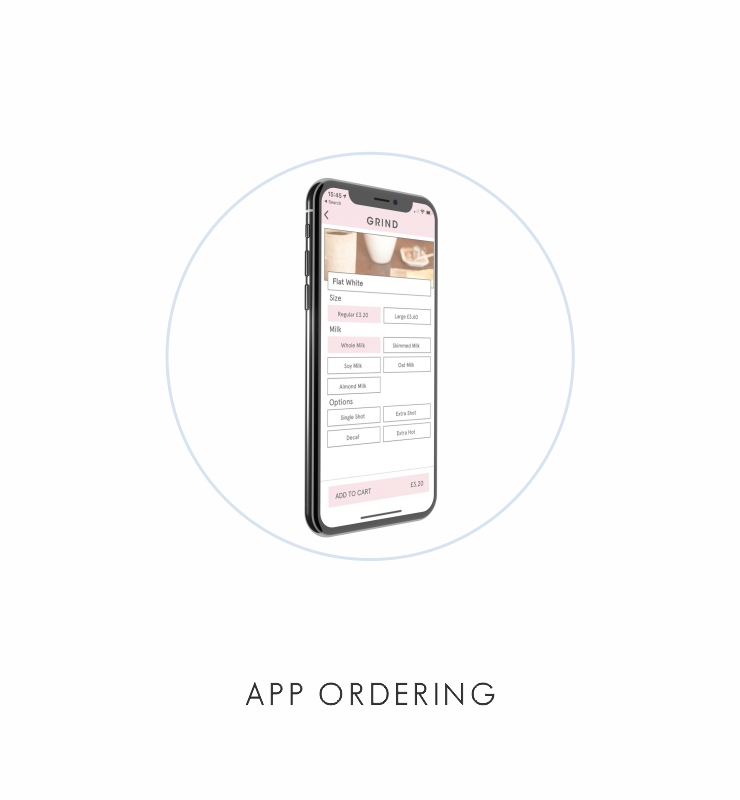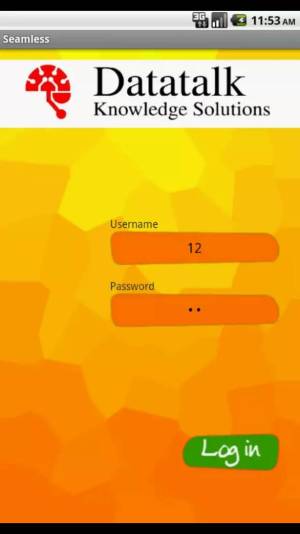


How can we, by (technological and pedagogical) design and facilitate a seamless learning process of learners learning in various settings, so that learning becomes more meaningful, transferable, effective (e.g.We have applied ‘seamless’ concepts in various domains, such as STEAM (Science Technology Engineering Art & Design and Math) (Rusman, Firssova, Janssen & Specht, 2015), Logistics (Klemke, Ternier, Kalz, Schmitz, & Specht, 2014 Klemke, Kurapati, Lukosch, & Specht, 2015a Klemke, Kurapati, Lukosch, & Specht, 2015b) and Language Learning (Rusman, Ternier & Sassen, 2013). umbrella organizations, musea), business, government and universities and within the context of various research schools (SIKS, ICO) and relevant associations. We work at a national and international level with schools, foundations (e.g.

Our research is grounded in educational theories like Situated cognition (Brown, Collins, & Duguid, 1989), Experiential learning (Kolb, 1984), Anchored instruction (Bransford, Sherwood, Hasselbring, Kinzer & Williams, 1990), Cognitive apprenticeship (Collins, Brown & Newman, 1988) and Self-determination theory (Deci & Ryan, 2000) and makes use of pedagogical strategies like Storytelling, Expert modeling, Inquiry-based-, Play-based-, Collaborative-and networked-, Problem-based-, project based-, design based- and competence based-learning.

A learner should than experience a continuity of learning and consciously bridge the multifaceted learning efforts, across a combination of locations, times, technologies and social settings” (Sharples et al., 2012, p.24). The topic “Seamless learning” looks into how we can bridge these gaps and phase out the boundaries between the different learning settings in a “learner’s” mind by facilitating the construction of connections between them through designed (technological and pedagogical) affordances and learning scenario’s. Additionally, complex (21st century), interdisciplinary (transversal) skills, such as creativity, problems solving, collaboration, information literacy and (intercultural) communication, are needed in many jobs today and in the future, but are mostly not taught in school. Looking within formal education, we see additional ‘gaps’, as different topic domains are still often learned separately and without learners knowing how this knowledge can be integrated, applied and useful in the ‘real world’. For example, learners do not see and do not make connections between the nature field trip about plants they had with scouting in the weekend (non-formal learning) and the biology classes they attend at school (formal learning). Learners create new mental models and learn new skills, framed by the setting they are interacting with, thus actively providing meaning and contextualizing their experiences (Dourish, 2004 Westera, 2011).Ĭurrently, the learning settings a learner moves through are still ‘separated’ in many ways, thus not supporting the formation of “connections” and the construction of an “overarching context” between these different learning experiences. Learning happens not only in ‘formal’ settings, like schools, but in every setting in which people are engaged and active and that affords new experiences and opportunities for metacognition (Kim, Hung, Jamaludin & Lim, 2014).


 0 kommentar(er)
0 kommentar(er)
